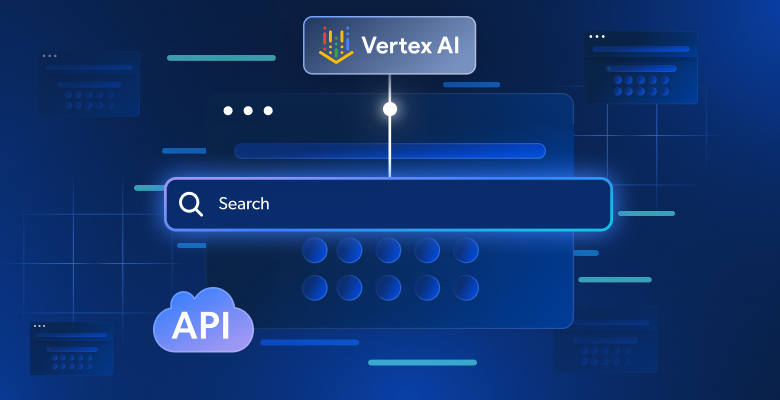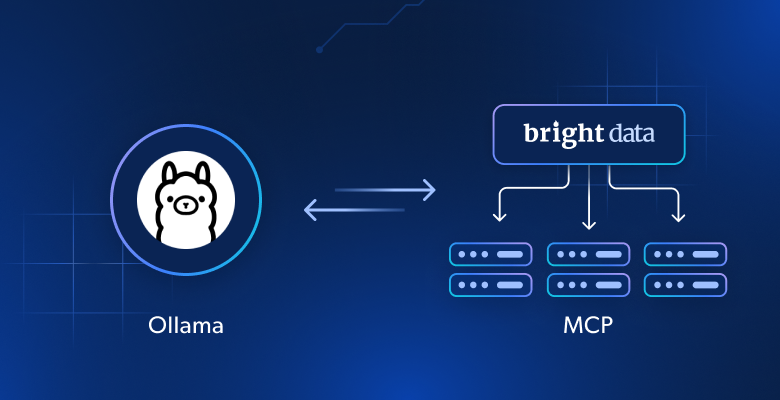In this article we will discuss:
- Understanding what a headless browser is
- What a headless browser is used for? Explanation and examples
- Headless testing explained
- Advantages and disadvantages of a headless browser
- The most popular headless browsers
Understanding what a headless browser is
The ‘headless’ element of ‘headless browsers’ pertain to the fact that they are indeed missing a key element i.e. a Graphical User Interface (GUI). This means that the browser itself functions regularly (contacting target websites, uploading/downloading documents, presenting information, etc) but all of these sequential actions take place in the backend without any graphic user display (such as icons, pictures, or search bar elements). Instead, software test engineers prefer using interfaces like ‘Command-line’ which processes commands in the form of lines of text.
What a headless browser is used for? Explanation and examples
One: Data collection
Finding, and extracting data with a headless browser is much more efficient, as graphic elements don’t need to load, for example, streamlining the data aggregation process.
Headless browsers can be a useful tool when you are wanting to run JavaScript (JS) or in the event that you are not interested in writing complex request chains independently.
The only negative is that running a browser takes more time, and utilizes more RAM (Random-Access Memory) when compared with a custom script.
However, when automation vis-à-vis data collection services is implemented on top of headless browsing, this aids in simplifying the process. A data collection automation tool will help to increase target site success rates, take care of user-agent rotation, as well as making collecting cookie databases superfluous.
Two: Testing automation
Headless browsers are used in order to add a layer of automation to development/operational software maintenance tasks, as well as Quality Assurance (QA) jobs. Tasks which can be automated may include things like ensuring that submission forms are operating as they should, for example.
Three: Performance tracking
Headless browsers make use of quick response times in order to test no-GUI/UI-based aspects of a website (i.e. leveraging command lines to track backend performance). This helps skip unnecessary ‘time/resource wasters’ such as manual page refreshes.
Four: Layout review
When looking to ensure that all front-end layouts look as intended, developers, and designers alike utilize headless browsers as a way of automating:
- Layout screen captures
- HTML/CSS rendering/interpretation
- Element color selection testing
- JavaScript/AJAX testing
Headless testing explained
Headless testing is a technique used in order to run browser checks without the need for accounting for User Interface or Graphical User Interface. It enables software QAs to shorten their development cycle whilst giving developers quicker feedback.
Advantages and disadvantages of a headless browser
Headless browser advantages
- Headless browsers are faster than regular browsers – They load CSS, and JavaScript much faster as well as not needing to open and render HTML.
- Headless browsers are much more efficient when it comes to extracting specific data points from a target website such as competitor product pricing.
- Headless browsers save developers time, for example, when performing unit testing code changes (mobile and desktop) this can be accomplished utilizing command lines.
Headless browser disadvantages
- Headless browsers increase speed but sometimes this comes at a price such as it being harder to debug issues.
- Headless browser actions are limited to backend tasks, which means that it cannot help address front-end issues (such as generating GUI screenshots).
The most popular headless browsers
The following are four of the most popular headless browsers right now:
#1: Google Puppeteer
Puppeteer’s headless browser is essentially a Node library. It provides users with very good Application Programming Interface (API) to maneuver through things like Chrome and DevTools Protocol.
#2: PhantomJS
A JavaScript API that comes complete with a headless WebKit that can be completely scripted. JSON/DOM/SVG all enjoy native support.
#3: HtmlUnit
This one is a browser with zero GUI specifically for Java programs. It includes an API that helps communicate/interact with pages such as clicking links, filling out forms etc using command lines rather than visual display.
#4: Splinter
This open-source option is typically used to test web apps that are Python-based. You can put web interactions on autopilot such as interacting with specific buttons/forms/URLs.
The bottom line
Headless browsers are a very useful tool, especially when looking to carry out better data collection, testing automation, performance tracking, and layout review. Supplementing headless browsing with the right data collection infrastructure is crucial in terms of setting up browser automation. This includes having your crawler appear as a real user so that you do not get blocked by target sites as well as gaining access to a complete request history with relevant debugging information for troubleshooting.






